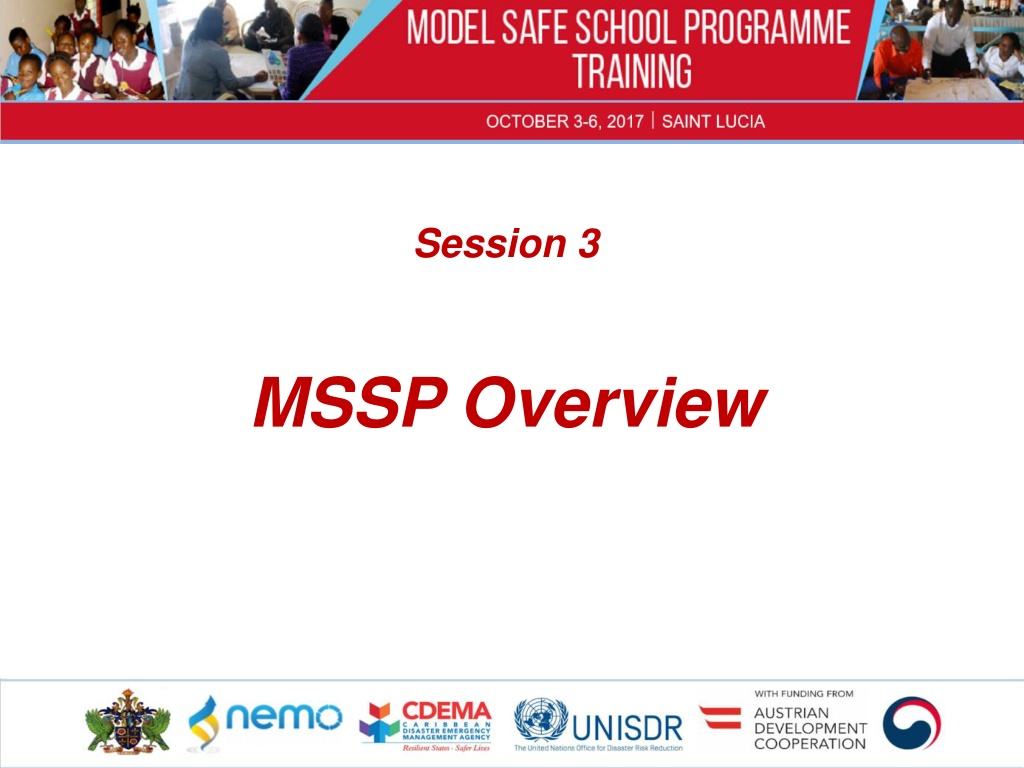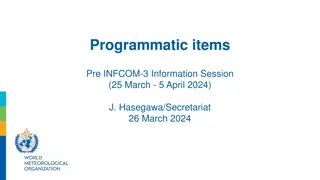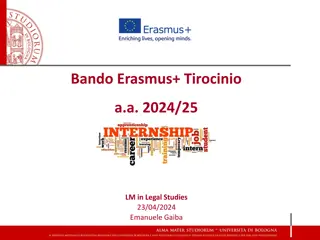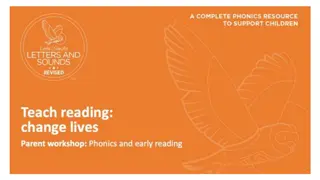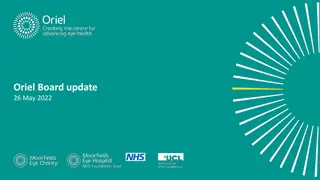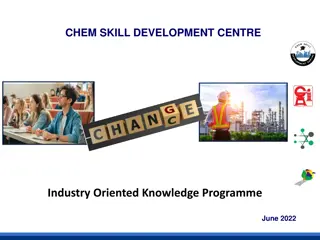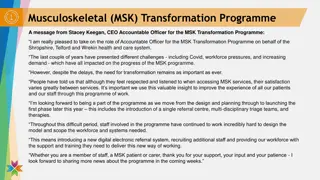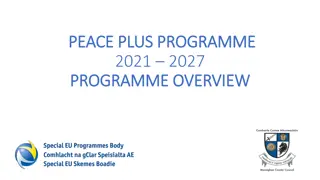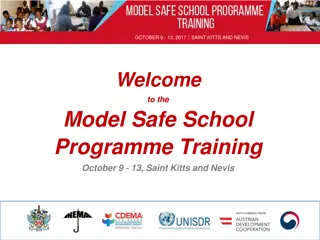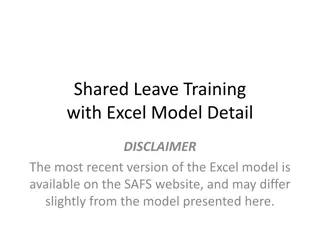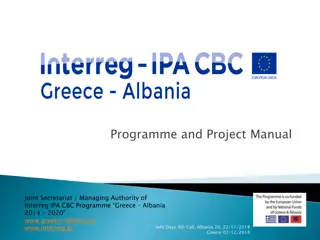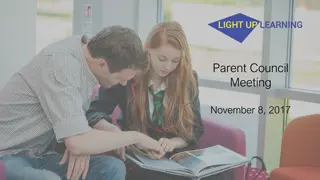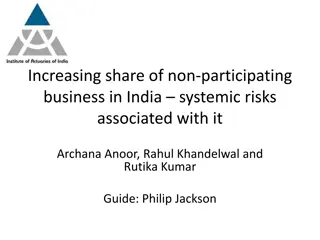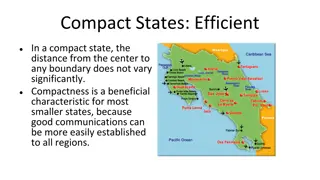Model Safe School Programme Overview for CDEMA Participating States
The Model Safe School Programme aims to create safe, secure, and green educational institutions from pre-primary to tertiary levels in CDEMA Participating States. It involves assessing schools using checklists, creating improvement plans, implementing emergency/disaster plans, conducting inspections, and certifying schools as safe and green. Training sessions and tools are provided to assist Ministries of Education in achieving the programme's objectives.
Download Presentation

Please find below an Image/Link to download the presentation.
The content on the website is provided AS IS for your information and personal use only. It may not be sold, licensed, or shared on other websites without obtaining consent from the author. Download presentation by click this link. If you encounter any issues during the download, it is possible that the publisher has removed the file from their server.
E N D
Presentation Transcript
Session 3 MSSP Overview
Vision A Safe, Sustainable and Secure environment for learning and for children and school administrators in CDEMA play Participating States. Goal The goal of the Model Safe School Programme for CDEMA Participating States is to create safe, secure/protective and green educational institutions from pre-primary to tertiary levels, including private and public through the development of simple, applicable and adaptable tools. Model Safe School Programme Training October 3-6, 2017, Saint Lucia 4
Vision/Goal 6 4 Safety Themes Green Themes - - - Objectives Strategies KPIs - - - Objectives Strategies KPIs Policy Decision making 8 11 Compliance/ certification Safety Standards Green Standards Green Assessment Safety Assessment Critical Standards Emergency & disaster plan Report & Improvement Plan Model Safe School Programme Training October 3-6, 2017, Saint Lucia 5
About the Toolkit Ministries of Education should adapt the Model Safe School Programme Policy. Step 1 Assess schools by applying the Safe Checklist and the Green Checklist. Step 2 Analyse results of the assessments. If a school does not achieve a score of 80%, make recommendations for addressing the deficiencies that have identified. Proceed to Step 4. If the Schools score 80% or higher, move to Step 5. Step 3 Model Safe School Programme Training October 3-6, 2017, Saint Lucia 4
About the Toolkit Use the Improvement Plan template to create a plan of action for implementing the recommendations. The Improvement Plan will make the schools safer and greener and should aim to help schools achieve a higher score. Consult the additional resources provided (Section 4), if necessary. Step 4 Ensure that the school has an up-to-date Emergency/Disaster Plan and conduct exercises/drills to test the Plan. The Model Emergency/Disaster Plan template should be used as the standard and can be customised for each school. Step 5 Re-inspect/re-assess school and certify as safe and/or green, if school achieves a score of 80% or above. Ideally certification should be valid for a period of three (3) years. Safe school assessments should be conducted every three (3) years. If school does not achieve 80%, continue to implement Improvement Plan until desired goal of 80% is reached. Step 6 Model Safe School Programme Training October 3-6, 2017, Saint Lucia 3
School Certification Inspection2 Inspection1 Survey2 Performed by Inspector2 Survey1 Performed by Inspector1 Survey2 Performed by Inspector2 Follow Up Inspection Survey3 Performed by Inspector3 Survey3 Performed by Inspector3 Survey comprised of only questions with non-compliant answers previously provided by the school Survey comprised of all of the questions that are applicable to the educational institutional type
Financing options National Budget: Annual funds to be allotted to the Ministry of Education for initiatives identified in Safe and Green Assessment Tools. Donor Funds: NGOs, regional and Sub-regional organisations and donor partners to fund specific areas of interest in creating safe and green schools. Community Partnerships: Provides residents with an opportunity to support schools in their communities. Local/Private Sector Engagements: Assistance from local companies to support the work of the Safe and School Policy. Parent Teacher Associations: Engaging parents and the community to offer support in achieving particular targets of the Policy. Fees: A small percentage of school fees can be earmarked for maintenance.
The Safe School Challenge What makes a school safe & sustainable? In your groups, reflect about the question above. Write down each identified element on a paper. Model Safe School Programme Training October 3-6, 2017, Saint Lucia 8
Management of Safety Security Safety Approach Safety GOAL VISION To create safe, secure/protective and green educational institutions from pre-primary to tertiary levels, including private and public, through the development of simple, applicable and adaptable tools. A Safe, Sustainable and Secure environment for learning and play for children and school administrators in CDEMA Participating States. Physical Plant Sustainability Management Natural Resources Indoor Environment Green Approach Hazardous Chemical & Materials Facility and Grounds Food Service Model Safe School Programme Training October 3-6, 2017, Saint Lucia 7
